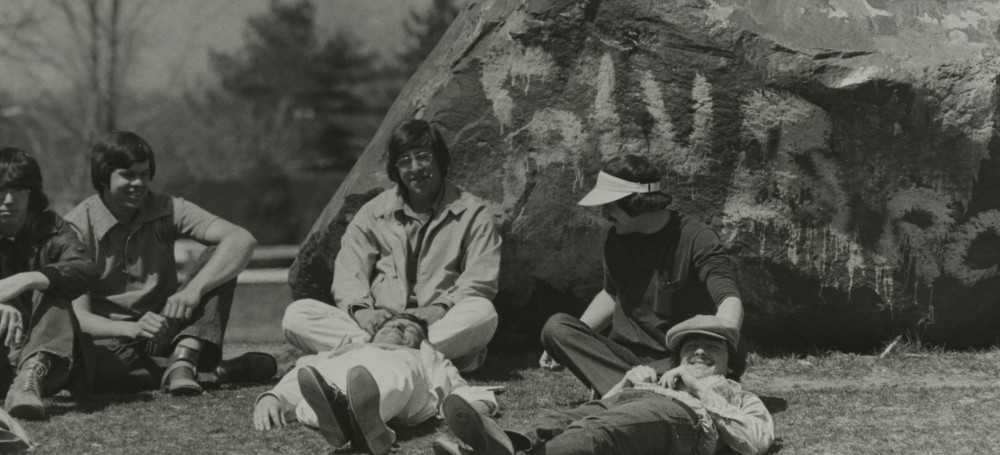Most of what we share on this blog is drawn from the physical collection of the University Archives. This includes everything that is up in our storage room on the third floor of the library – yearbooks, newspapers, course catalogs, photographs, even the beloved Golden Bear mascot costume is up there! There are also, fortunately, digital versions of many of these items (check out the University’s digital collections!), so the physical items can be preserved even longer. This duality of both the physical and digital copy is one that archives have been handling for quite some time now. As long as the physical copies are stable, the digitization process can be done in a planned, orderly manner, and can take however long it needs.

However, within the past 20 years or so, archives (or any record creating institution for that matter) are facing the problem of born digital materials – information that is created digitally and has no physical copy. Sure, if pressed you can print every email you send, every paper you write, but what about larger institutions and all of the day to day work done digitally? What about dynamic files, music and film files, digital artwork, large interconnected databases? Additionally, technology is fleeting, and formats and access change at lightening speed, leaving many digitally created files in the dust (looking at you, 3 1/2 inch floppy disks).
One such type of born digital material we’ve been thinking about have been websites. It’s impossible to capture the dynamic nature of a website on paper, with links, and hierarchy, and interactive elements just to name a few things that need to be contented with.
But any web history enthusiast is probably familiar with the amazing Way Back Machine. The web crawling tool has been roaming and snapping shots of the internet since 1996. The service, owned and operated by the Internet Archive, provides useful, insightful, and usually very entertaining glimpses into websites of the past. And it provides a solution for archiving the history of the internet by preserving websites in their original, dynamic form.

And fortunately, the Western New England website has been snapped many times since the late 1990s. We’ve always enjoyed a good scroll through the University’s website circa 1998, and love visiting the D’Amour Library page of the same year to see how much the resources have changed!

You can go directly to the Western New England page of January 1998 here. We’ve shared it on this blog before, but it’s always worth sharing again! And because the Way Back Machine crawls into websites and snaps subpages, the webpage is still dynamic. You can follow links and explore the website in its entirety.
If you’re ever interested in the history of websites, the internet, or a specific institution, check out the Way Back Machine! It’s guaranteed to be a walk down memory lane.
